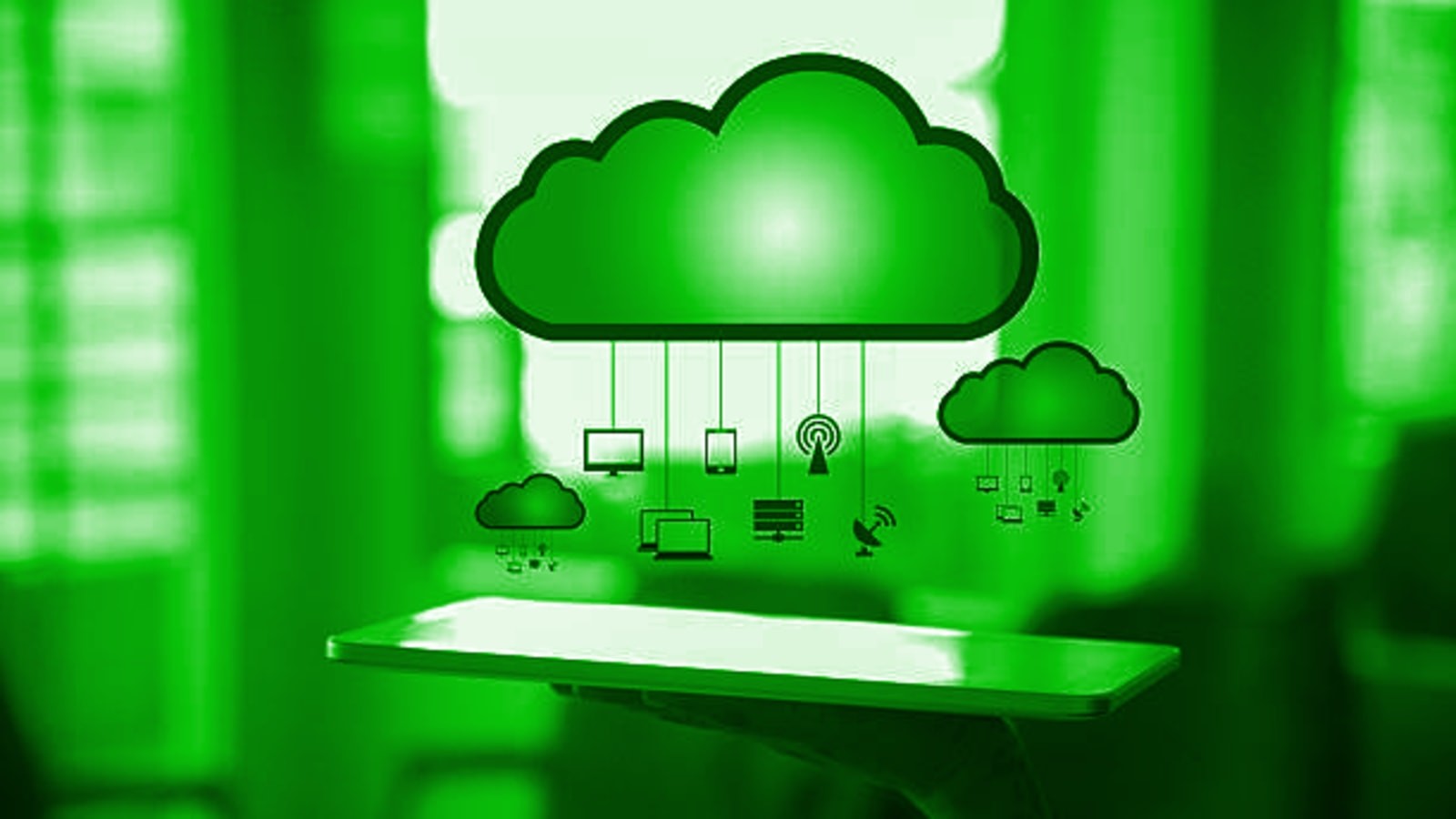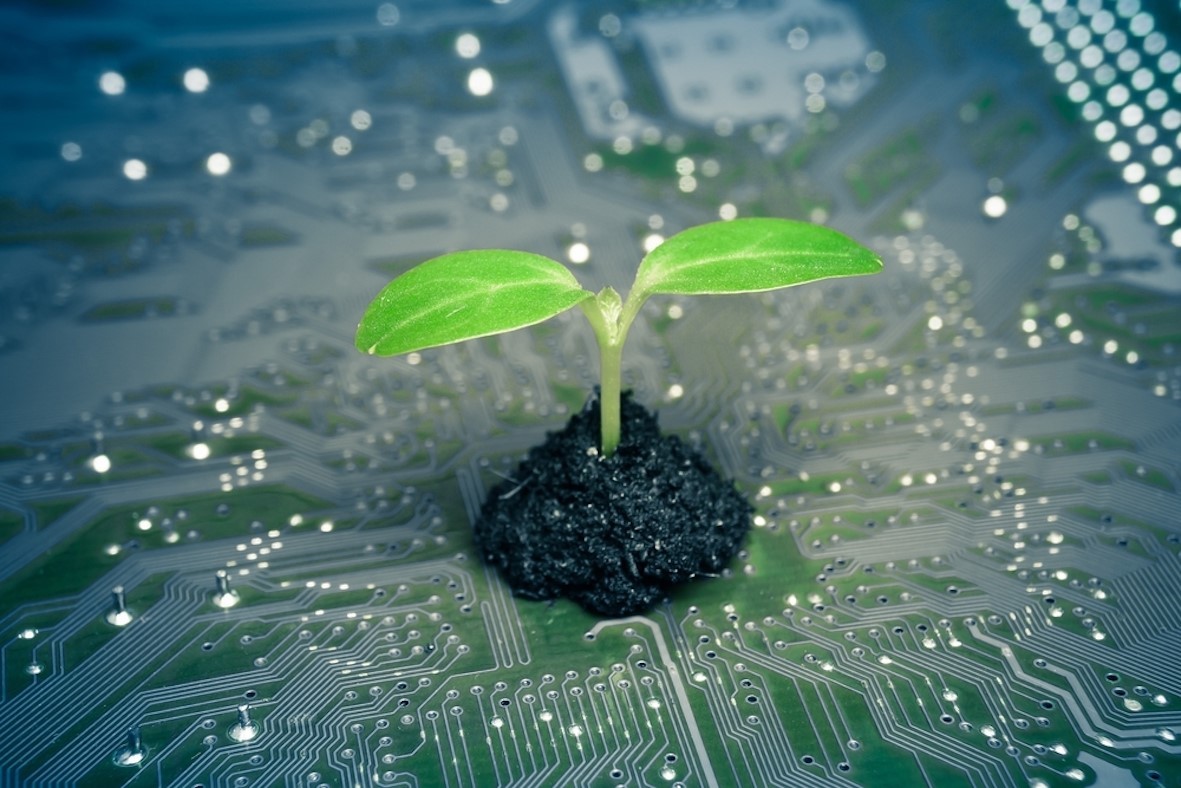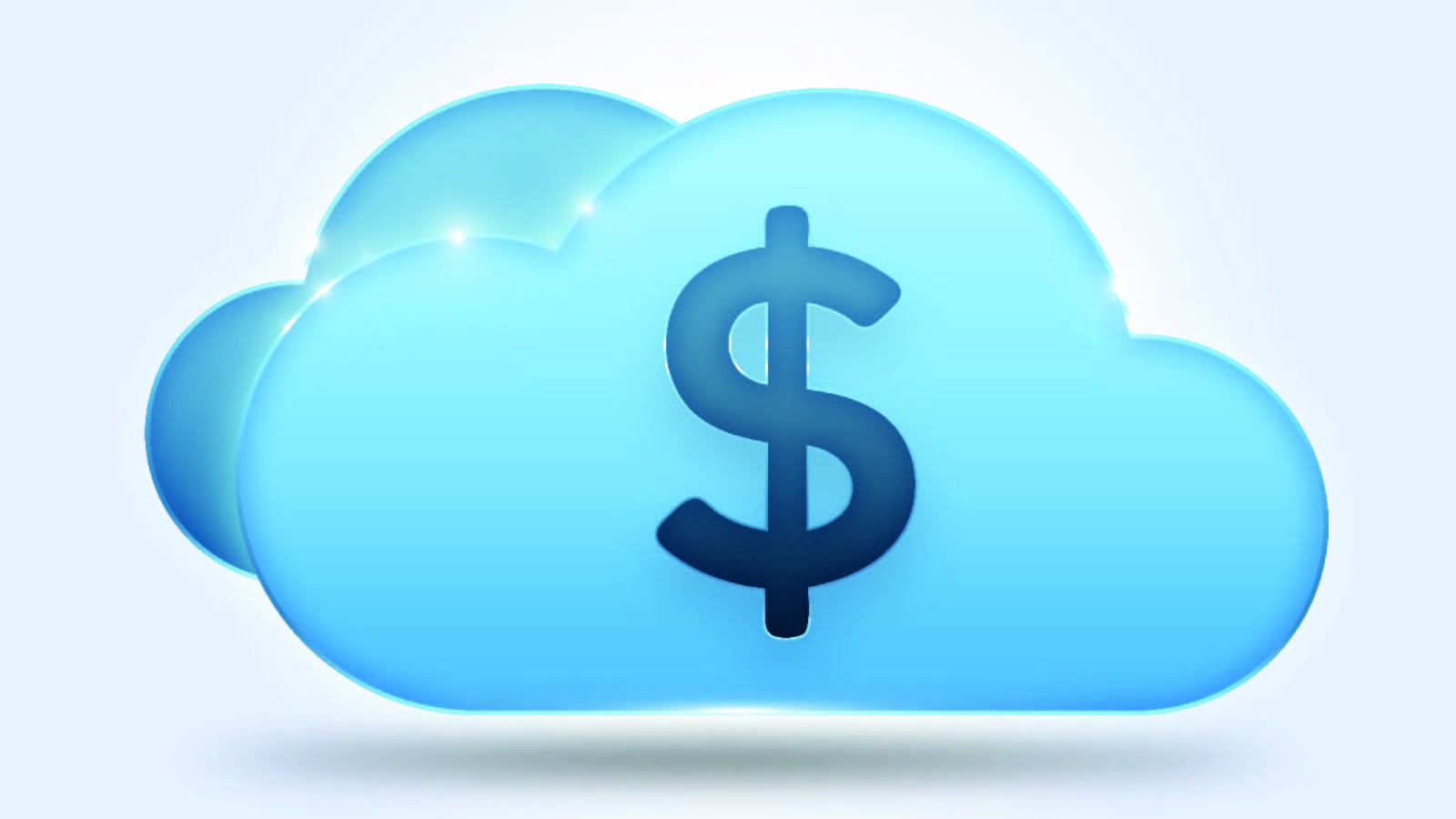As someone who advocates for sustainability and initiatives to minimize our impact on the environment, I found the trend among businesses towards cloud computing to be quite intriguing.
This is because cloud services consume less energy than traditional data centers. However, while more companies adopt cloud computing, only a few are considering sustainability beyond their choice of cloud provider.
This is why the concept of green cloud computing was born. In this article, I will talk about what green cloud computing is and how it could help organizations reduce their carbon footprint.
- About Green Computing
- The Need for Green Cloud Computing
- Reducing Energy Consumption with Green Cloud Computing
- Reducing Carbon Footprint through Remote Work
- Downsides of Green Cloud Computing
- Transitioning to Green Cloud Computing
- Green Cloud Optimization from Thoughtworks

About Green Computing
To better understand green cloud computing, I think it’s best to start with the basic concept of green computing first. Also known as green IT or ICT sustainability, green computing refers to the use of environmentally sustainable computing.

This means less use of hazardous materials, maximized energy efficiency, and increased recyclability and biodegradability of wastes and defunct products from computers and gadgets.
To reduce the impact of their IT operations, most corporate IT departments launch green computing initiatives.
The Rise of Cloud Computing
The development of cloud computing brought green computing to another level. Not only is cloud computing energy-efficient, but it also reduces the resource consumption of companies.
By adopting cloud computing systems and transferring certain on-site applications into the cloud, companies are able to reduce their direct energy consumption by up to 30% and their carbon emissions by up to 90%.
According to experts, about 91% of company workloads worldwide will be processed by cloud data centers this year. By 2023, cloud computing is forecast to reach a value of $623.3 billion.
The Need for Green Cloud Computing
While cloud computing is definitely better than using traditional data centers and on-site servers, the increasing investments by companies on public clouds have increased by a whopping 92% annually.

This means that the amount of power required by data centers doubles every four years.
Stats show that by 2030, the ICT industry will comprise 8% of the total demand for electricity, which is 15 times that of 2010.
In terms of global greenhouse gas emissions, the industry has consistently contributed between 2% to 6% of the total emissions since 2007, which is similar to the numbers of the airline industry.
Advocating for Green Cloud Computing
Simply put, green cloud computing is about finding and producing energy-saving methods and exploring energy-efficient ways of working to reduce carbon emissions by using cloud computing.
Although the relative energy use and carbon emissions from cloud adoption have remained the same over the years, cloud and data centers are becoming a bigger part of the ICT industry’s total emissions.
Currently, the energy efficiency gains from using cloud computing are not enough for the ICT industry to meet the Paris Climate Agreement goals. It would need to reduce emissions by 45% in the next 10 years.
Reducing Energy Consumption with Green Cloud Computing
The most obvious benefit of green cloud tools is the reduction in power consumption. Prior to cloud computing, computer servers were housed on-site in server rooms and needed a constant supply of power.

Not only is electricity used to power these servers, but they also need energy for the cooling systems that prevent them from overheating. The electronic waste from these systems also contributes to the problem.
The emergence of cloud computing helped reduce power consumption by doing away with some of the hardware required.
Current initiatives are aimed at further reducing power consumption from cloud computing.
Generating Less Electronic Waste
Like I said, traditional data centers and servers use a lot of hardware, which eventually becomes electronic waste or e-waste. And with the advancements in technology, more e-waste is created every year.
In the U.S. alone, about 24 million computers are disposed of yearly, and only 14% of them are either donated or recycled. Some of this waste is burnt and causes river pollution in some developing nations.
Using cloud computing effectively reduces this waste generation since it requires less hardware, either from computer systems or their respective cooling systems.
Reducing Carbon Footprint through Remote Work
The use of cloud computing gave rise to more opportunities for flexible and remote work. Remote work has been proved to increase productivity among employees and reduce the stressful daily commute most workers face.

This reduction in commute among workers brought down the fuel consumption and carbon emissions that are usually generated by workers going to their respective workplaces.
Beyond commuting, companies also benefited by reducing their energy consumption at the office, along with the hardware and space needed for operations.
Going Paperless with Green Cloud Computing
One of the strengths of using the cloud is secure data storage and access anytime and from anywhere. Data loss from hard drives breaking down on server rooms is also prevented by using the cloud.
More and more people are using mobile computing storage services such as OneDrive, SharePoint, Dropbox, and Google Drive. These services have lessened the need for printed copies of files.
With cloud computing options, people are abandoning the practice of printing documents since they are accessible remotely. Thus, more people and companies are going paperless.
Downsides of Green Cloud Computing
Although I believe in the benefits of green cloud computing, it’s only fair to point out some of the disadvantages that you or your organization may encounter when using green cloud computing.

One of these disadvantages is the high cost of implementation. While bigger companies may find it easier to adopt green cloud computing, small and medium-sized firms would find it difficult.
The main reason for this is that the initial investment to implement green cloud computing is quite high.
Bigger companies could turn to economies of scale while smaller ones could not afford to implement these systems.
Other Disadvantages
Because green cloud computing is still in its evolution phase, implementing such systems would require the ability to immediately adapt to constant changes in the technology.
To make systems more energy-efficient, computers designed for green cloud computing are usually underpowered.
This means that you may be unable to use applications that require additional processing power.
Transitioning to Green Cloud Computing
There is no single way for organizations to migrate from a traditional setup to a green cloud computing setup. You may either use virtualization or develop energy-efficient practices.

One way to maximize the use of a physical server is through virtualization. Some companies are not able to run servers at their full capacities, so the system is underutilized, leading to higher costs and energy consumption.
With the help of virtualization, organizations are able to create multiple virtual machines (VMs) within the physical server.
This means that companies could run multiple operating systems (OS) and applications on the same host.
Developing Efficient Power Supply and Power Management Practices
To achieve energy efficiency, corporations may either use clean energy or improve power efficiencies. By using renewable energy, companies will be able to reduce emissions.
The use of so-called “green algorithms” in data centers may also contribute to attaining energy efficiency since these algorithms can significantly reduce resource consumption for any given task.
They can also reroute data traffic to data centers using renewable energy or where there is less expensive electricity.
Green Cloud Optimization from Thoughtworks
Global technology consultancy firm Thoughtworks has developed several tools to optimize the use of green cloud computing and contribute to energy consumption and emission reduction.

Under green cloud optimization, IT teams are able to decrease their carbon emissions, resource use, and energy consumption by implementing a green cloud strategy.
It also involves evaluating the current physical infrastructure being used by the client, along with the virtual systems that are being utilized in the network.
Thoughtwork’s Approach and Tools
Thoughtwork’s open-source solution, Cloud Carbon Footprint, allows users to monitor and measure cloud usage data. The company also assists client companies in their quest for cost and carbon reduction.
The Cloud Carbon Footprint tool is useful in identifying which areas of your business should be the focus of your green cloud optimization initiative to get the highest return on investment.
In general, the tool enables your organization to reconfigure, re-architect, or optimize your cloud use. Thoughtworks also provides recommendations on how to forecast what savings could be achieved using Cloud Carbon Footprint.
The Bottom Line
Overall, green cloud computing is a great way to help further reduce an organization’s carbon footprint and energy consumption. It helps companies keep up with technological trends, but it also enables them to establish their roles in protecting the planet.
In the past, I’ve always thought that any form of advancements in business systems and computing could only result in more damage to our environment. However, after learning about green cloud computing and its positive impact, I’m compelled to use it personally and promote it to business owners I know.